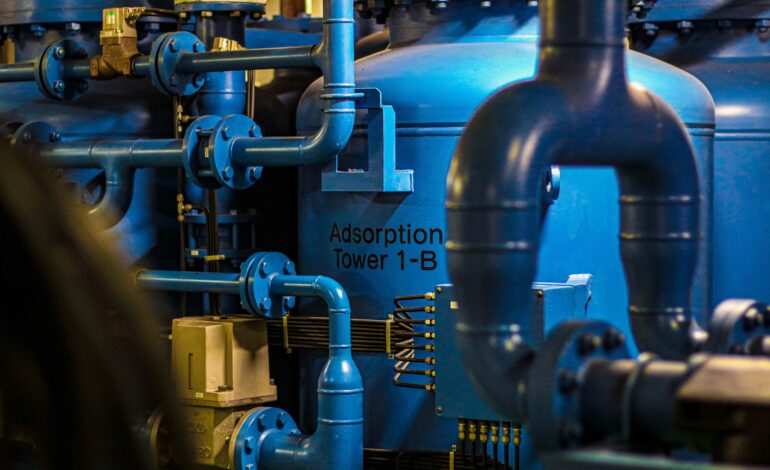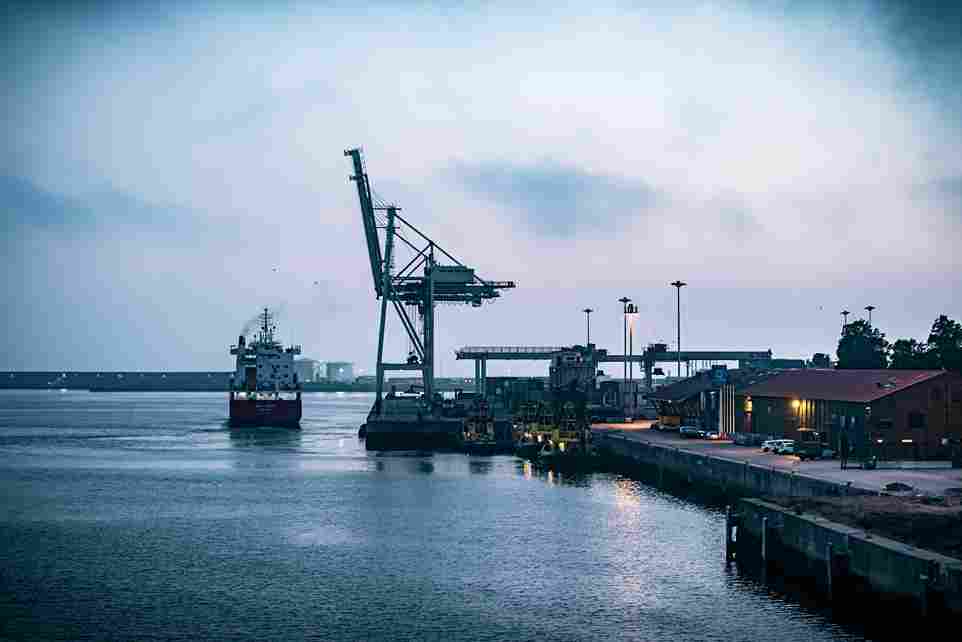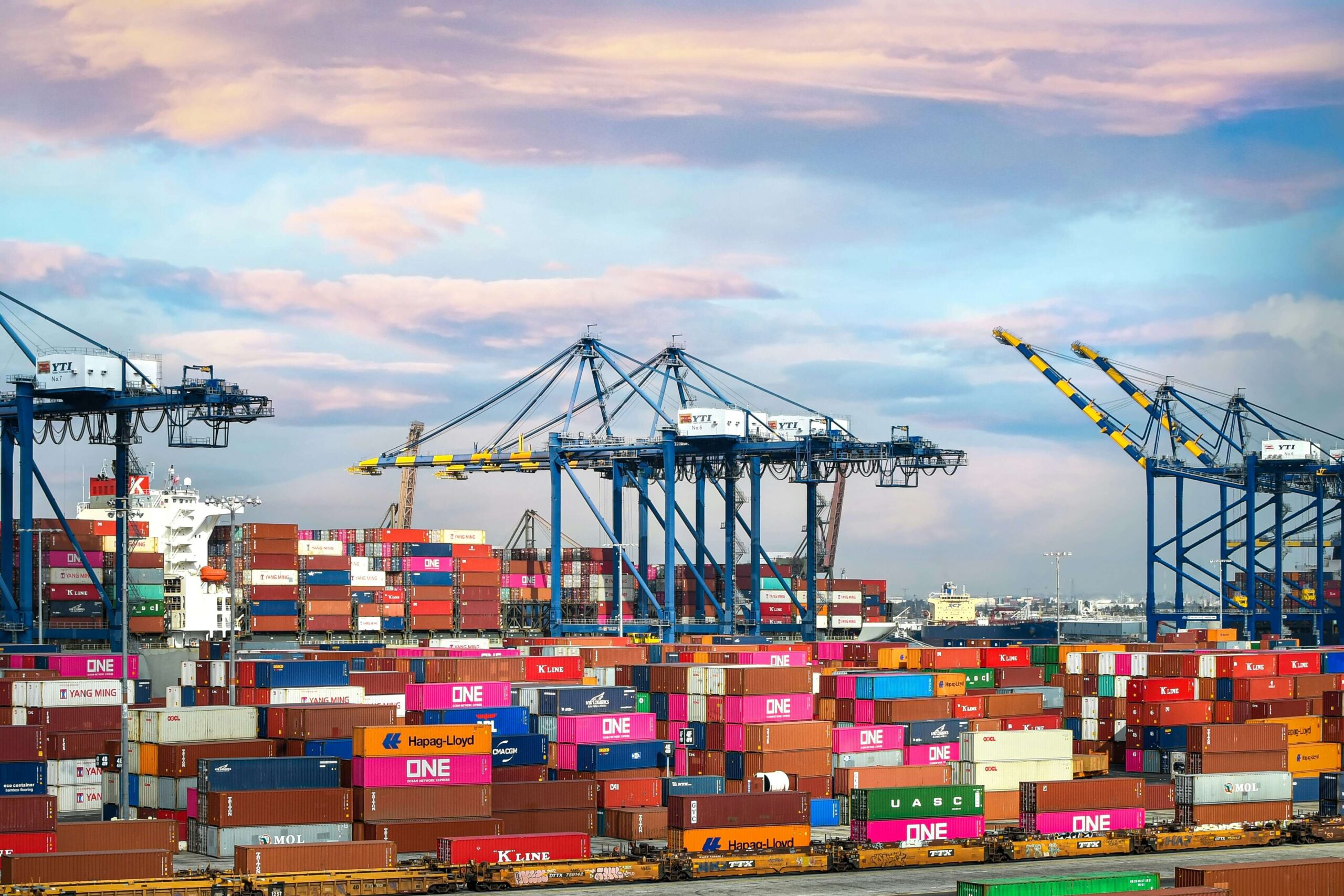
Cross-Industry Collaborations for Sustainable Bunker Fuel Solutions
Introduction
The maritime industry is under increasing pressure to reduce its environmental impact and transition to more sustainable fuel options. Achieving these objectives requires innovative approaches and collaborative efforts across various sectors. Cross-industry collaborations play a pivotal role in driving significant advancements in the development and adoption of sustainable bunker fuel solutions. This article explores the importance of such collaborations, identifies key areas of focus, and discusses successful examples along with future prospects.
Importance of Cross-Industry Collaborations
Collaborations across different industries bring together diverse expertise, resources, and perspectives, fostering innovation and accelerating progress toward sustainable bunker fuels. The maritime sector can benefit significantly from the technological advancements and research capabilities of industries such as energy, automotive, and chemicals. By pooling resources, these collaborations can effectively address common challenges, share best practices, and leverage synergies to develop scalable and effective solutions.
Key Areas of Focus for Collaboration
1. Research and Development
Collaborative research and development initiatives are instrumental in advancing sustainable fuel technologies. By combining expertise and resources, industries can expedite the discovery of new materials, processes, and systems for producing and utilizing alternative fuels. Joint R&D efforts also facilitate the exchange of knowledge and data, minimizing duplication of efforts and fostering a more efficient innovation ecosystem.
2. Infrastructure Development
The transition to sustainable bunker fuels necessitates substantial investments in infrastructure for production, storage, and distribution. Cross-industry collaborations are crucial in coordinating these efforts to ensure that infrastructure developments align with the needs of the maritime sector and other relevant industries. This includes establishing refueling stations, optimizing supply chain logistics, and retrofitting vessels and port facilities.
3. Policy and Regulation
Collaborative efforts can influence policy and regulatory frameworks to support the adoption of sustainable bunker fuels. Industries can work together to advocate for favorable policies, standards, and incentives that promote the use of alternative fuels. A unified voice from cross-industry coalitions enhances engagement with policymakers and regulatory bodies, facilitating the implementation of supportive measures.
4. Financial Investments
The transition to sustainable fuels requires significant financial investments. Cross-industry collaborations enable access to a broader range of funding sources, including private investors, government grants, and international funding agencies. Collaborative ventures and partnerships can also mitigate financial risks and enhance returns on investments, making sustainable fuels more economically viable.
Successful Examples of Cross-Industry Collaborations
1. Zero Emission Shipping Initiative
The Zero Emission Shipping Initiative involves collaboration among stakeholders from maritime, energy, and manufacturing sectors. This initiative focuses on R&D, innovation, and the development of zero-emission technologies for maritime transport. By leveraging collective expertise, the initiative aims to accelerate the adoption of sustainable bunker fuels and achieve significant emissions reductions.
2. Global Alliance for Emission Reduction
The Global Alliance for Emission Reduction brings together companies across maritime, energy, infrastructure, and finance sectors. The alliance’s objective is to commercialize zero-emission vessels by 2030. Through collaborative efforts in research, technology development, and policy advocacy, the alliance addresses barriers to sustainable bunker fuels and promotes the transition to zero-emission shipping.
3. Hydrogen Initiative
The Hydrogen Initiative is a global effort involving leading companies from energy, transport, and industrial sectors. This initiative promotes hydrogen as a key solution for a clean energy future. In the maritime sector, the initiative focuses on advancing hydrogen fuel technologies for ships, ports, and related infrastructure through collaborative R&D and deployment strategies.
Future Prospects
The future of cross-industry collaborations for sustainable bunker fuel solutions is promising. With increasing urgency to combat climate change, industries are recognizing the mutual benefits of collaborative approaches. Emerging technologies such as advanced biofuels, synthetic fuels, and hydrogen will continue to be focal points for joint efforts. Furthermore, digital technologies like artificial intelligence and blockchain offer opportunities to enhance collaboration by facilitating data sharing, transparency, and operational efficiency.
Governments and international organizations will play a pivotal role in facilitating cross-industry collaborations through supportive policy frameworks and financial incentives. Enhanced funding for collaborative projects and initiatives will drive further innovations in sustainable bunker fuel solutions, accelerating the transition to a cleaner and more sustainable future for maritime transport.
Conclusion
Cross-industry collaborations are essential for advancing sustainable bunker fuel solutions in the maritime industry. By leveraging diverse expertise and resources, these collaborations foster innovation, develop critical infrastructure, influence supportive policies, and attract necessary investments. Successful initiatives such as the Zero Emission Shipping Initiative, Global Alliance for Emission Reduction, and Hydrogen Initiative underscore the potential of collaborative efforts. As momentum toward sustainability grows, continued and strengthened cross-industry partnerships will be instrumental in achieving significant progress toward cleaner and more sustainable maritime transport.





